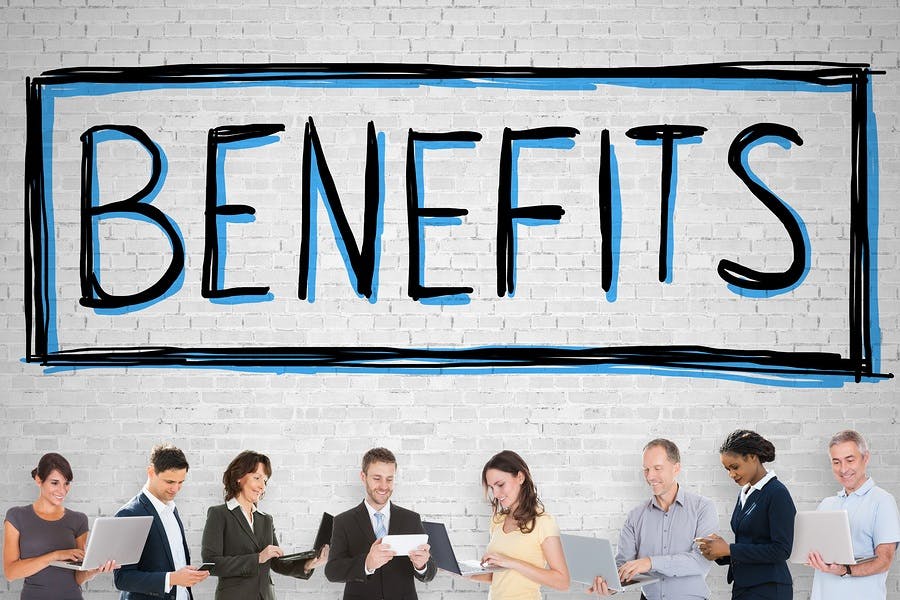As employers try to figure out what employees want most, there can be a tendency to rely on gender and generational stereotypes that often don’t meet the individual needs of employees. Our recent survey of 2,200 employees shows what a mistake that is. We found little consensus on life goals within age groups. In addition, there aren’t the great disparities you may expect to see between genders when it comes to life goals. Goals which  may seem to fit a stereotype for the 26 to 35 age group, such as buying a house, starting a family, socializing, getting married, etc., are not important for everyone in that age group.
may seem to fit a stereotype for the 26 to 35 age group, such as buying a house, starting a family, socializing, getting married, etc., are not important for everyone in that age group.
What this makes clear is that it’s crucial for employers to look beyond generational stereotypes and take an individual approach to benefits.
So what can organizations actually do to support each employee as an individual and move beyond basing decisions on gender and generational stereotypes?
Address the imbalance in expectations
There’s still a big disparity in what support employees actually want from their benefits and what’s available to them. In all areas, there’s a gap that’s half the size of the demand – for example, when it comes to improving mental wellbeing, 58% of employees want support, but only 23% of employers offer benefits in this area. Clearly, there’s some work to be done by employers to address this imbalance. Organizations need to work to make sure their benefits program supports employees in the areas they really want. This is essential to ensure employees are getting real value from their benefits and that they are getting the kind of support they need and expect.
Recognize that age is just a number
Our research found that in the over 65-age bracket, almost 30% of employees still want to buy a house, and over a third want to progress further in their career. At the same time, goals typically associated with younger generations do not apply to everyone; 17% of 26 – 35 year-olds do not classify socializing as important and 25% do not prioritize traveling.
One area where younger employees do have a clear expectation of their benefits program is when it comes to supporting their individual life goals. For example, 61% of 18 to 25 year-olds expect their benefits program to support them to stay fit and healthy as opposed to 43% of 56 to 65 year-olds, even though this is an area that’s important for all ages. Furthermore, 53% of 26 to 35 year-olds want support from their employer to sort their personal finances, whereas only 34% of 56 to 65 year-olds expect this. Again, this is important for all generations, but there is a clear expectation from younger employees for support in this area, beyond a traditional benefits offering.
Acknowledge that location matters
For global organizations, the difference in employee expectations vary even more depending on geographic location. For example, our research found that only 45% of American employees view traveling for more than one month a year as a goal they want to be supported towards, compared with 70% of employees in APAC. In addition, only 28% of Americans prioritize cultural activities such as going to the theater or museums, in contrast to 59% of employees in LATAM. However, Americans have some of the highest expectations when it comes to support in achieving work/life balance (75%) and come second only to LATAM in wanting to enjoy work (78%).
The workforce is changing at a rapid rate. Employers must listen to the individual needs and expectations of their employees regardless of their age, gender or geographic location. Our research demonstrates that there is clear demand from employees for benefits programs that are personalized and help them achieve their life goals. When this is reflected in global benefits strategies, organizations are rewarded with happier and more loyal employees.
